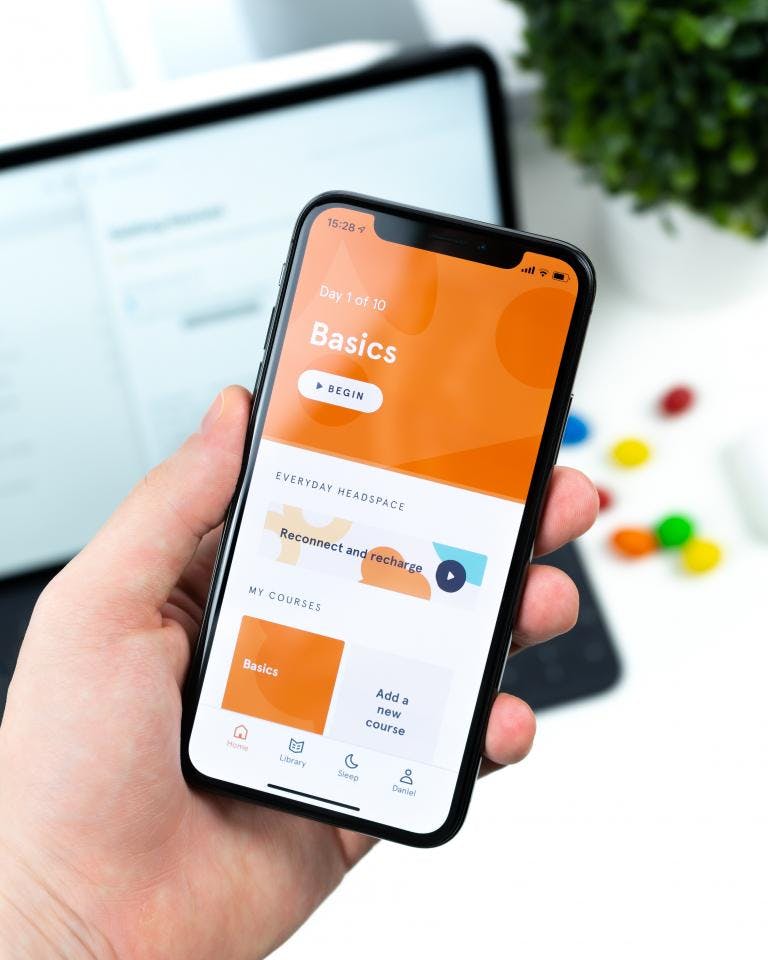First published on Friday, Feb 04, 2022
Last updated on Thursday, Jun 20, 2024
Breaks are crucial to a worker's day. They allow your staff to recharge and rest before returning to work. Providing breaks should be a main priority in order to create a successful working environment.
All your workers must receive their full break entitlements. Failure to provide your staff with this rest time is against employment law. And this could lead to a potential employment tribunal claim.
In this guide, we'll discuss who's entitled to breaks, the amount of breaks you must provide, and rest break laws in the UK.
What is a Break at Work?
A break at work is a period of time away from work responsibilities. During this time period, workers can leave their working area and ‘recharge their batteries’ with food or drink.
For a worker’s health and safety, you must provide them with adequate breaks during working hours. You have a legal obligation towards the safety of your workers; and providing breaks is a main way of doing so.
Do all Workers Have the Legal Right to a Rest Break at Work?
Most workers are entitled to regular rest breaks. There are different types of rest breaks which you need to be aware of: * Breaks within the working day, like a lunch break. * Daily rest between shifts. * Weekly rest days or weekly rest periods.
As an employer, you must understand who isn't entitled to regular breaks whilst at work.
Do all jobs use a regular break system?
Certain jobs don’t allow their workers to take regular work breaks. Here are special circumstances when usual break entitlements don't apply include:
- Armed forces or emergency services dealing with a serious incident.
- Domestic workers in a private house.
- Mobile workers such as road transport.
- Workers on a production line.
- Workers who don't have set hours of work, such as CEOs or managing directors.
Some industries may use the compensatory rest break system.
What is a Compensatory Rest Break?
This type of break is taken at a later time in the working day. Compensatory rest breaks shouldn't be taken too long after the initial break was scheduled.
They should always last as long as the worker’s regular break would normally be.
Typically, industries that require round-the-clock staffing use this break system. For example:
- Rail industry (like those working on board trains, ensuring trains leave on time).
- Surveillance-based work (like security guards).
- Split-shift workers.
- Industries that have peak periods (like tourism jobs or postal workers).
It's vital you understand the regulations for rest breaks at work within the UK.
What Happens if You Don't Give Your Workers Rest Breaks?
Allowing breaks is key for the health and safety of your workers. There may be a higher risk of accidents if you don't allow short breaks during the working day.
Failure to provide breaks for your workers may lead to a written grievance being raised. If the issues remain unresolved, you may be taken to an employment tribunal. So, provide your staff with their break entitlements.

Which Law Governs Rest Breaks at Work in the UK?
The Working Time Regulations 1998 states minimum legal requirements for rest breaks at work in the UK.
The regulations state workers are entitled to a rest period of eleven hours between working days. However, this may not be possible for shift workers. If this is the case, special provisions must be made.
A worker is entitled to an uninterrupted break of 20 minutes minimum, if they work more than six hours.
This break should not be taken at the start or end of their working day. It should also be taken away from their workstation to allow sufficient rest. This type of break is typically taken as a lunch break and is common in ‘9-5 jobs’.
You must understand the daily rest break requirements for different shift patterns. You should include all break entitlements in your employment contracts–ensuring both parties sign it before employment starts.
How Many Breaks are There in a Twelve-Hour Shift?
Legally, workers are only entitled to a minimum 20-minute uninterrupted break at work during a 12-hour shift. This is because it’s longer than six hours.
However, you must take the safety of your workers into consideration. Staff will become tired during a long shift, which affects morale and productivity; as well as becoming a safety risk. It's worthwhile incorporating more than one shift for a longer shift, for example an hour.
Incorporate any changes to break entitlements in your employment contract.
How Many Weekly Rest Days are Workers Entitled to?
An adult worker is entitled to at least a rest day of minimum 24 hours per week–which, for most people, is taken on the weekend. Legally, all workers must receive at least a minimum 48-hour rest break every two weeks.
What are the Break Entitlements for Young Workers?
A worker who is at the school leaving age, but is under the age of 18, is classed as a young worker. They are entitled to two days off each week, as well as a 30-minute break for every four-and-a-half hours worked.
Workers under 18 are also entitled to a daily rest of 12 hours and weekly rest breaks of minimum 48 hours.
Entitlements for young workers can only be changed under exceptional circumstances. Such as, if the work is temporary and must be completed as soon as possible.
Does the Employer Decide When Breaks are Taken?
Employers have the final say when rest breaks are taken during the working day.
However, you must allow the worker to take the whole length of the break.
Are Smoking Breaks a Legal Requirement?
Smoking breaks are not a legal requirement in UK workplaces. It's up to the individual employer to allow their workers to take a regular break for smoking.
What are the Break Entitlements for Home Workers?
Daily and weekly rest break entitlements remain the same for home workers and non-home workers.
Workers must receive a break of a minimum 20 minutes for more than six hours of work. Any time above that is at the employer's discretion. They should try and follow the break schedule they’d have in place at work.
Get Expert Advice on Breaks at Work with BrightHR
As an employer, providing the right number of breaks to your workers is key to running a successful business. Breaks during working hours are vital for your workers to rest up before returning to work.
Getting this process wrong can lead to a written grievance being raised. And a possible claim being made to an employment tribunal.
If you need any advice on break entitlements, we are on hand to help. Our BrightAdvice helpline. Give our friendly and helpful team a call on 0800 783 2806.
Have a question?
Ask away, we’ve got lightning fast answers for UK business owners and employers powered by qualified experts.










